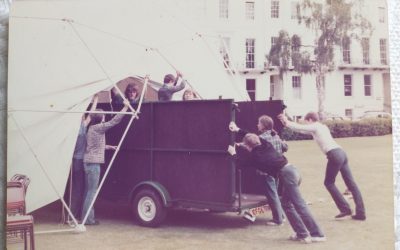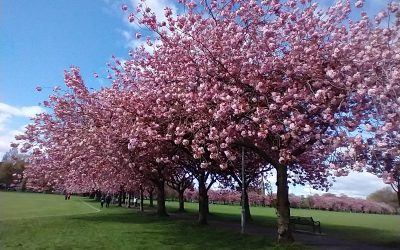 This week I have been in Rome, where Bob was giving a seminar at La Sapienza University. We added on a few days to turn it into a little holiday.
This week I have been in Rome, where Bob was giving a seminar at La Sapienza University. We added on a few days to turn it into a little holiday.
We visited the Keats museum at the Spanish Steps. I have been in Rome a number of times, and have toiled up and down the Spanish Steps in the hot sun, but have never managed to visit the little museum dedicated to the English Romantic poet John Keats, who lived for a few months from November 1820 to February 1821 in rented rooms in a house immediately beside the steps.
Keats was suffering from tuberculosis. He had gone to Rome in the hope of recovering his health in a warmer climate, but died in the house beside the Spanish Steps at the age of only twenty-five. It was shocking to think how many more years, or even decades, he might have had if modern medicine had been available to him. Indeed, the explanations in the museum hinted that the treatment he did receive had probably hastened his death.
In Keats’ little bedroom, my eye fell on one of the exhibits: a receipt for a piano hired in November 1820. A plaque described how in his illness Keats had asked for a piano so that his friend Joseph Severn could play to him. ‘Not only was he passionately fond of music’, Severn later recalled, ‘but he found that his constant pain and o’erfretted nerves were much sooth’d by it’. While Keats lay in bed listening from another room, Joseph Severn played Haydn symphonies arranged for solo piano. Keats would exclaim delightedly that Haydn was ‘like a child, for there is no knowing what he will do next’ (an excellent analogy in my view).
After Keats’ death, the Italian authorities insisted that the furniture of his bedroom be burned, but the contents of the sitting-room (see photo) were spared because John Severn was able to assure the authorities that he had never carried his sick friend into that room.
The museum was very quiet while we were there. As I stood in Keats’ bedroom, looking out at hundreds of tourists milling up and down the Spanish Steps, I was touched by the thought of him lying in bed listening to Haydn symphonies played by his great friend Joseph in the sitting-room nearby.




A slightly off-topic response, prompted a) by your Italian trip and Bob’s seminar, and b) by (re)reading the section on Chopin’s first ballade in your Piano book.
Decades ago, I was in Turin giving a conference paper. Wandering through the streets, I saw in the window of a classical record shop a CD of Cortot’s 1929 recordings of Chopin’s ballades. I didn’t know these recordings, so I asked the shopkeeper if I could listen to the first ballade. It completey knocked me out: the sheer poetry of it – as in your description – reduced me to tears (a bit like Halle’s 1838 response to Chopin’s playing). Of course I bought it, and it remains my favourite version of that piece – I just listened to again after reading your piece. But it always reminds me of standing in that Turin shop, crying…